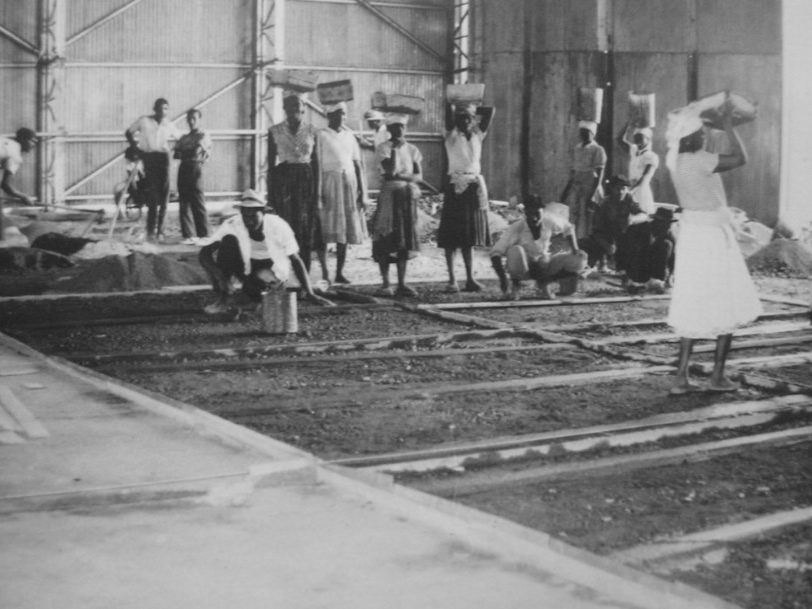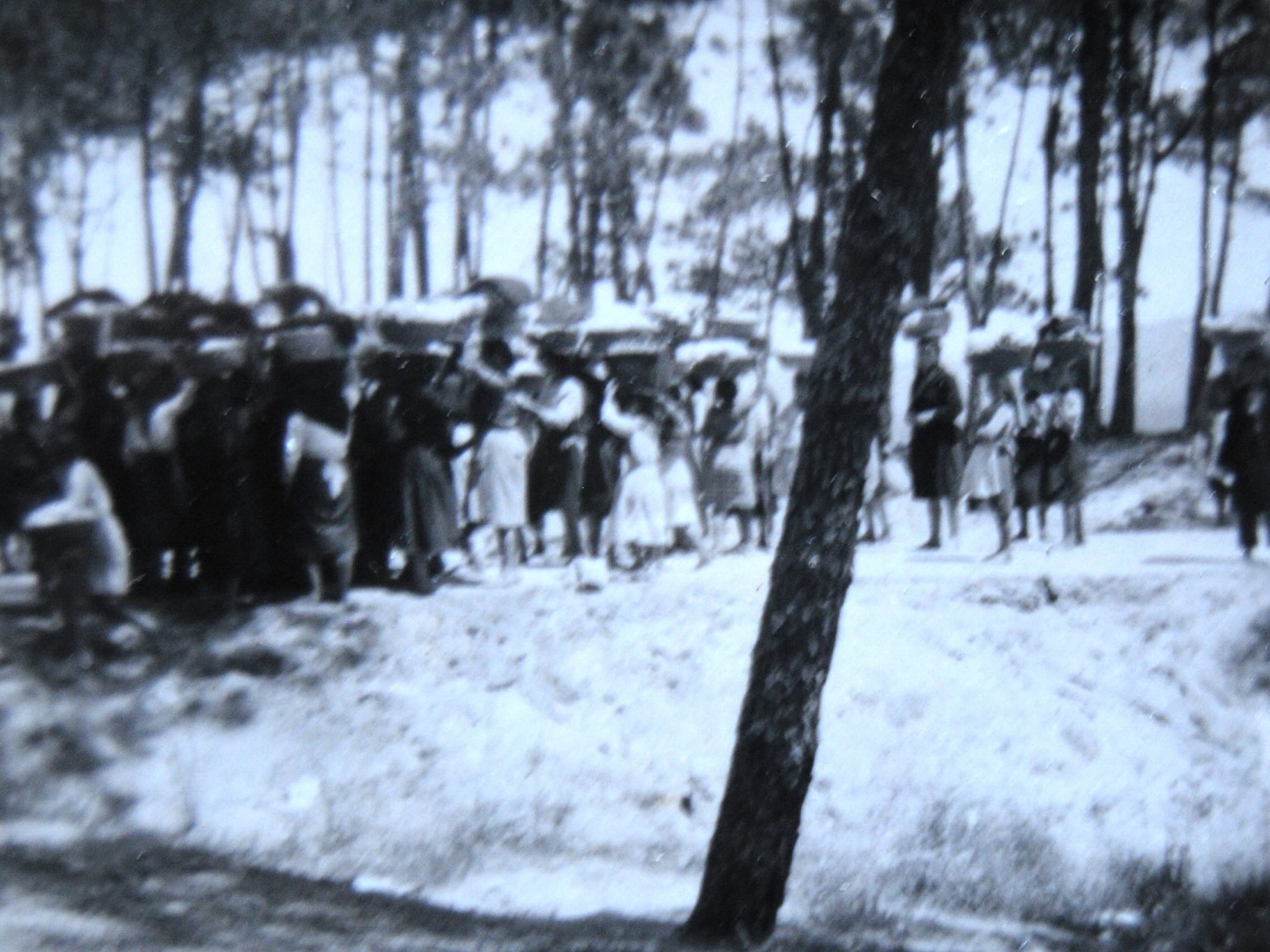Communication
Confessions on a construction site. Comparative histories of gender-based work during the former ‘Portuguese Empire’
Event: IASTE 2024 “The Dinamism of Tradition”
Authors: Ana Vaz Milheiro
Date: 6 January 2024
Location: Riyadh, Saudi Arabia


Summary
This paper addresses the daily-life on building sites experienced by women in the territories colonised by the Portuguese beginning from a kick-start question: what would be their expectations? It is considered that these sites can today be characterised as “places of innovation and knowledge” (Valérie Nègre, 2021). It is thus suggested that they were spots that opened the possibility of social ascension through qualified and professional training, viewing this transfer process as a development of the trading zone concept described by Pamela O. Long in 2019 as “an arena in which there is a substantive communication between someone trained by apprenticeship in a workshop and someone trained in a text-based system, usually in a university”. But was this possibility of knowledge displacement open to men and women on an equal footing? If the answer is no and women were not recognised as having any qualifications/skills, what role was reserved for them on the building site? How would their presence be felt and what impact would it have on the organisation of labour and decisions on the agenda and design of infrastructure and architecture? Did their “biological nature” as carers could give them any leading role in the management of domestic spaces, their organisation, plastic options and technological material resources? While focusing the debate on women who had experiences in colonial environments, the paper looks at the Portuguese condition of economically poor women in “metropolitan” Portugal before the April 1974 revolution. These “other women” identified here as “metropolitan”, and also “builders”, would become visible in the images that Portuguese architects recorded in their search for vernacular architecture in the second half of the 1950s (the same learning would eventually migrate to the colonial territories, where architects would begin to take an interest in vernacular systems on the eve of the 1960s). These Portuguese women were integrated in rural or fishing communities that circulated in family units, manipulating ancestral techniques. Shown as field helpers, carrying earth for mud construction, or in less technically demanding tasks, such as the whitewashing of houses, they did not compete in the arena with men, “the real players”, considered to be the real bearers of knowledge that was being valued at the time (in a dynamic that had something of a bottom-top feel to it, even if the architects were not in a position to assimilate it from today’s perspective). They would belong to the same cycle of poverty as their colleagues from the colonial territories, but their expectations would be on another level, since a third fatality of being a woman, being poor and being colonised would be added to the latter, and it is this that the presentation seeks to answer through the identification of some case studies, between Cape Verde and Angola. The intention is thus to begin to unveil the stories that the building sites also tell us from the perspective of gender-based labour and through the comparison between the metropolis and the colonies, making possible readings richer and more substantiated.
Click here for the original publication.

